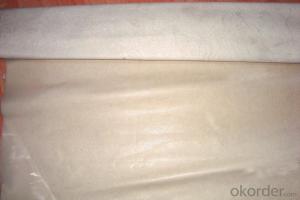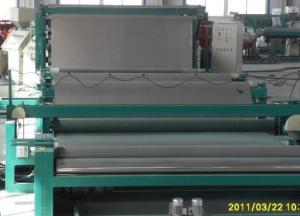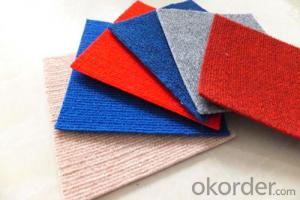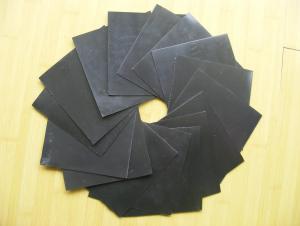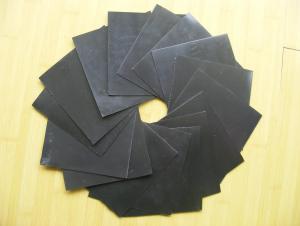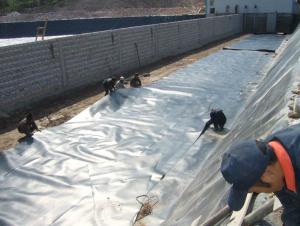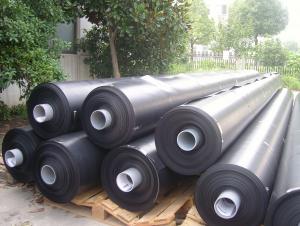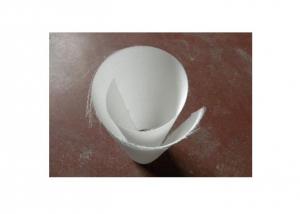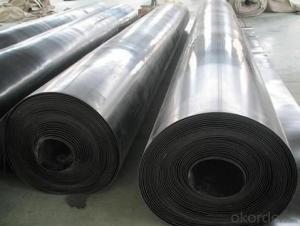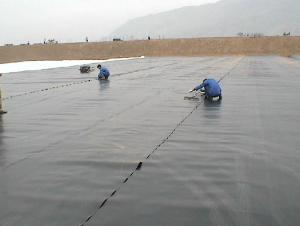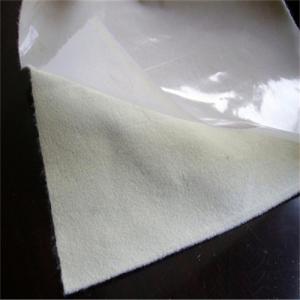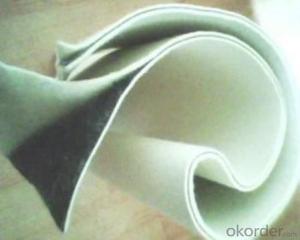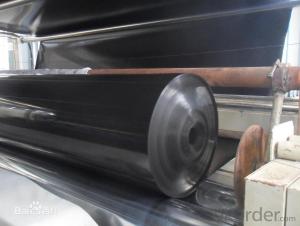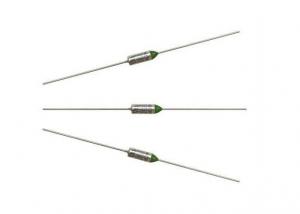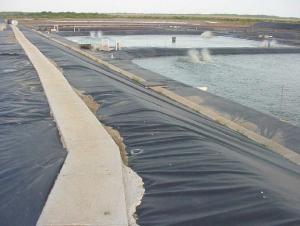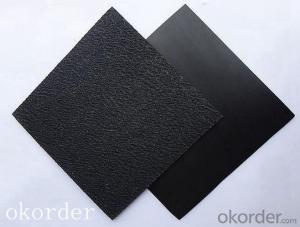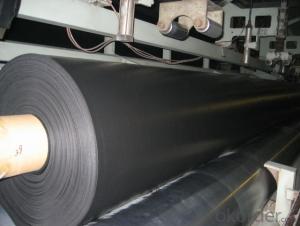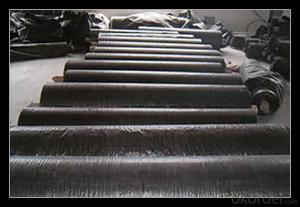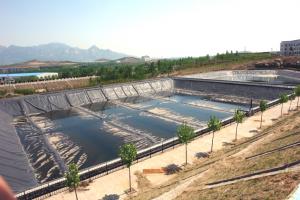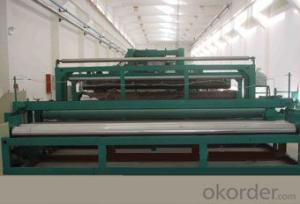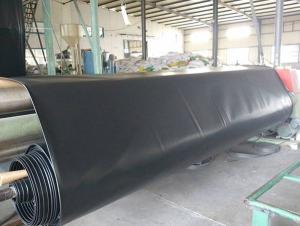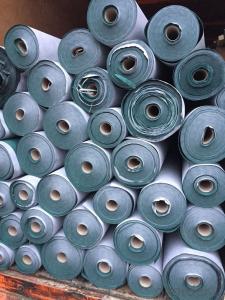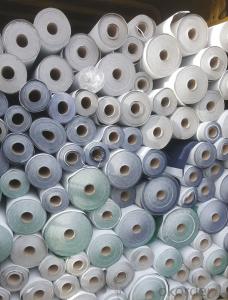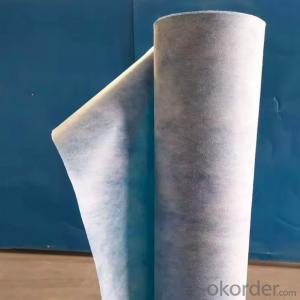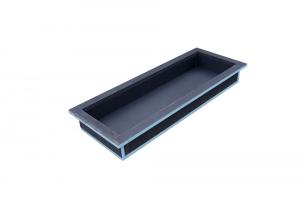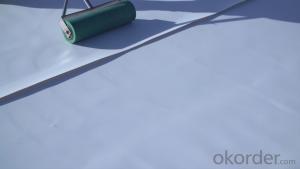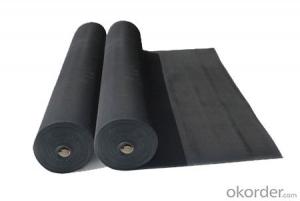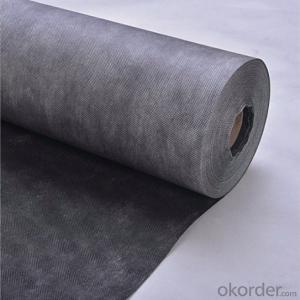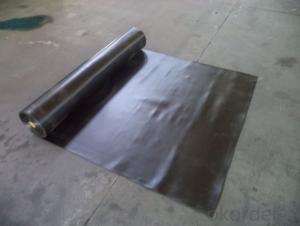Termofusion De Geomembrana
Termofusion De Geomembrana Related Searches
Termoselladora De Geomembrana Tanques De Geomembrana Tanque De Geomembrana Geomembrana De Alta Densidad Tinas De Geomembrana Maquina De Soldar Geomembrana Cisterna De Geomembrana Venta De Geomembrana Geomembrana Para Techos Geomembrana De Polietileno Tanques De Agua De Geomembrana Instalación De Geomembrana Instalacion De Geomembrana Geomembrana De Pvc Bolsas De Geomembrana Extrusora De Geomembrana Reservorio De Geomembrana Geomembrana Para Tanque Geomembrana Impermeable Soldadora De Geomembrana Precio De Geomembrana Lona De Geomembrana Maquina Para Soldar Geomembrana Geomembrana Para Impermeabilizar Piscinas De Geomembrana Geomembrana En Guatemala Máquina Para Soldar Geomembrana Pozos De Geomembrana Geomembrana Para Reservorios Geomembrana De HdpeTermofusion De Geomembrana Supplier & Manufacturer from China
Termofusion De Geomembrana is a high-quality product that is widely recognized for its durability and effectiveness in various applications. This product is specifically designed to provide a reliable and long-lasting solution for waterproofing and sealing purposes. It is commonly used in civil engineering projects, such as the construction of dams, landfills, and other water retention structures, where its ability to prevent water seepage is highly valued.The Termofusion De Geomembrana is known for its exceptional performance in challenging environments, making it a popular choice for professionals in the construction and engineering industries. Its unique properties allow it to withstand extreme temperatures and pressures, ensuring that it remains a reliable barrier against water infiltration. This product is also appreciated for its ease of installation, as it can be easily cut and shaped to fit various project requirements, saving both time and labor costs.
Okorder.com is a leading wholesale supplier of Termofusion De Geomembrana, offering a vast inventory of this product to cater to the needs of various clients. As a reputable supplier, Okorder.com is committed to providing customers with top-quality products at competitive prices, ensuring that they receive the best value for their investment. By partnering with Okorder.com, customers can be confident that they will receive the Termofusion De Geomembrana they need to successfully complete their projects, backed by the support and expertise of a trusted supplier.
Hot Products
